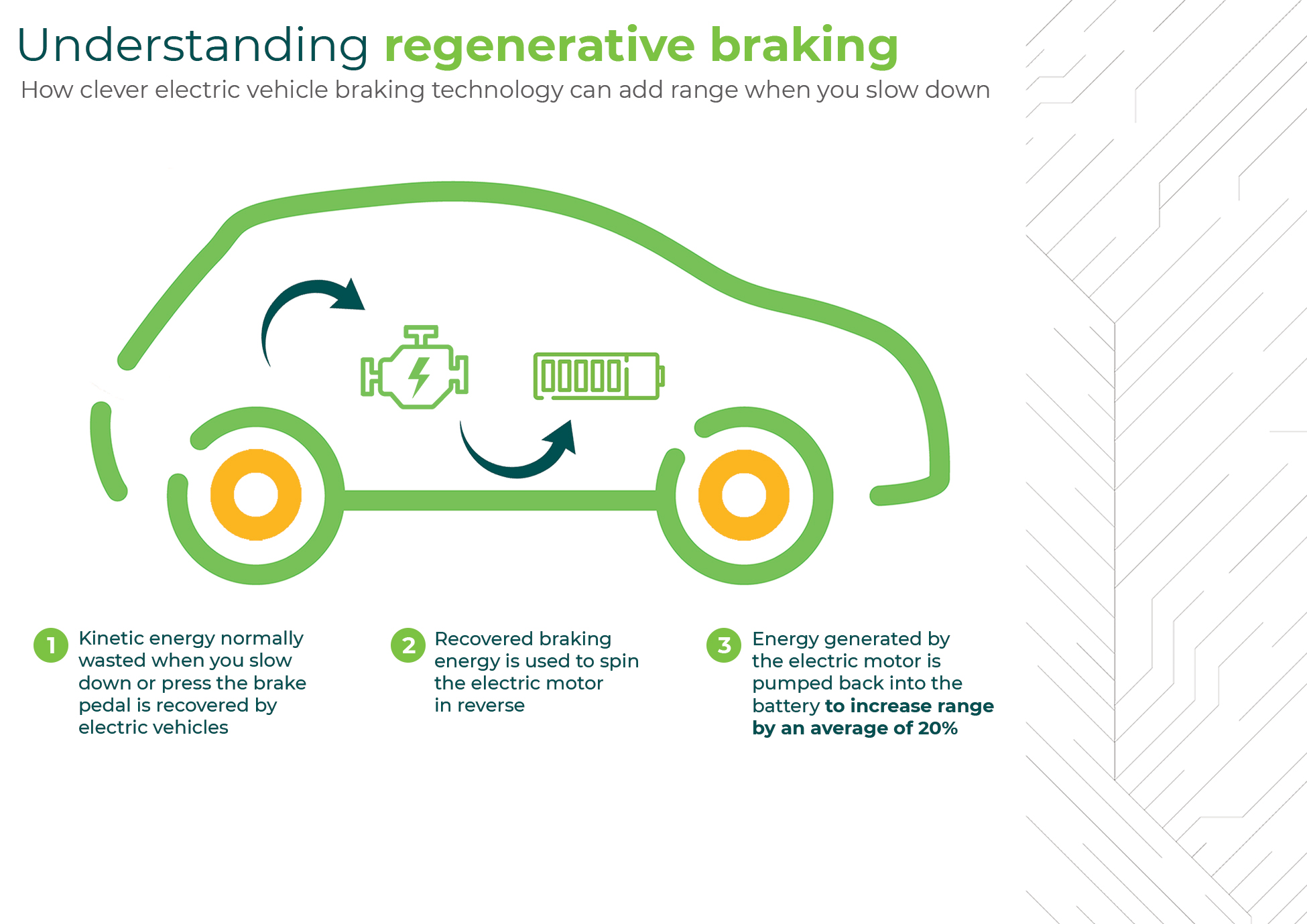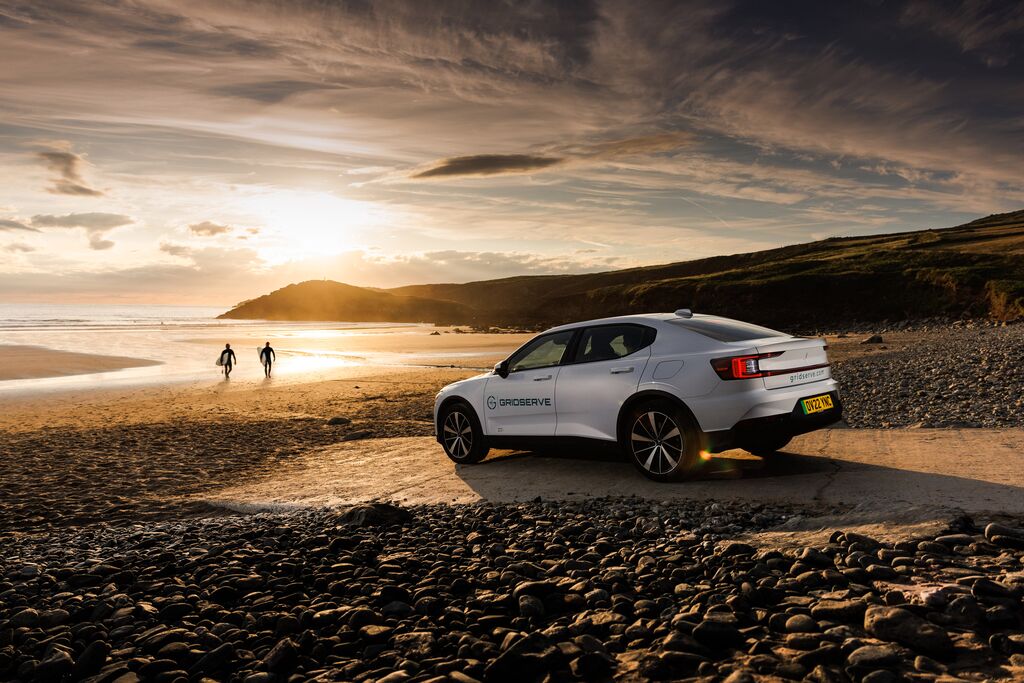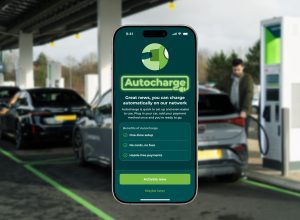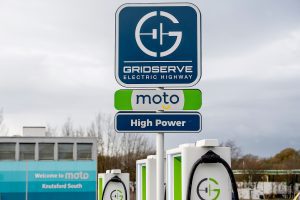

New to electric cars? It’s easy to be baffled by the number of new features and terms, and can leave you feeling like you’re at a private club that you’ve not yet been invited to.
But don’t worry, we’re here to help. From charging curves to heat pumps, we want to give you the lowdown on the most common lingo you’ll hear in the world of EVs.
Today, we’re looking at regenerative braking – also known as “regen braking” or “one-pedal driving”.
What is regenerative braking?
In short, it’s a clever, range-boosting system fitted to every electric car on sale. In many EVs it’s just something you’ll get used to, but the latest electric cars offer different modes of regen braking for certain types of driving, so it pays (literally) to brush up on how these work.
If you’ve ever been camping you might have come across those torches that you power up by winding a lever or pumping a handle. Regenerative braking works in a broadly similar way.
We’ll start from the beginning.
 How regenerative braking works in EVs
How regenerative braking works in EVs
When a car is moving along it possesses kinetic energy, which is energy generated by motion. When you brake in a petrol or diesel car the friction between the car’s brake discs and pads (the bits that clamp together to slow you down) converts that kinetic energy into heat, where it’s usually wasted.
Electric vehicles don’t like waste, so as soon as you depress the brake pedal it’ll start recovering that kinetic energy and pumping it back into the battery. It does this by allowing the electric motors that normally spin forwards, to spin backwards.
And the same is true if you just lift off the accelerator pedal and let the car coast to slow down – your car will recover the lost kinetic energy and send it back to the battery. As you slow to a stop there’s less motive energy so the amount of charge going into the battery drops off.
Benefits of regenerative braking
The amount of charge you can add using regenerative braking varies depending on your car, your driving style and route (regen braking is way more effective in stop-start city driving than on motorways).
But it’s estimated that on average using regenerative braking can add around 20% in range. That means over a 100-mile journey, you’ll reclaim about 20 miles.
Regenerative braking is reliable and based on really simple technology – the system was first used in cars over 50 years ago. It was even used on trains way back in the 19th century, so it’s well proven.
If you’re a motorsport fan, you’ll have heard about Kinetic Energy Recovery Systems – or KERS for short – used to power the latest hybrid F1 cars. That’s basically a glorified regenerative braking system, so if it’s good enough for Lewis Hamilton, it’s good enough for us.
Another benefit of regen braking is that you’re making use of the regular friction brakes much less. This means less wear on the discs and pads, saving you money in the long run.
Regenerative braking in popular EV models
All EVs features some kind of regenerative braking, with some systems more advanced than others. Some will also allow one-pedal driving – more on that in a minute.
Electric cars such as the Kia EV6 and Hyundai IONIQ 5 use paddles behind the steering wheel to let you easily adjust how much regen braking is applied.
In a petrol or diesel car these paddles will manually change gears, but as that’s not needed in an EV it means you can have low regen effect when you want to cruise at a steady speed (on the motorway), or higher regen when you want to one-pedal drive (around town).
Even more advanced are the systems used in some pricier electric cars, such as those from Mercedes-Benz.
They’ll actually adapt the regenerative braking for you on the fly, using forward-facing cameras and data from the navigation system to spot a junction, roundabout or traffic queue coming up and increase or decrease it. Cool, right?
What is one-pedal driving?
One-pedal driving is where electric cars start to feel very different to petrol or diesel cars.
Left to its own devices an electric car will usually apply a little bit of regenerative braking when you stop accelerating. This feels like engine braking in a car with, well, an engine.
But there’s more to it, because pretty much all electric cars give you the option to select a stronger regen effect.
Usually this is marked as ‘B mode’ and accessed either via the gear selector, a physical button or on a touchscreen menu. This ramps up the regen so that when you lift off the accelerator, the car will slow itself down more forcefully.
Not only does it increase the amount of charge you put back into the battery, but it also means you don’t need to press the brake pedal anywhere near as often.
Sometimes the regen effect is so strong that, if you’re in town at least, you might not need to press the brake at all on your journey. You simply balance the accelerator with your right foot to keep the car at a steady speed, and as you pull your foot up the braking force will increase. This is ‘one-pedal driving’.
It’s important to know that not all electric cars will allow true one-pedal driving because they don’t bring you to a complete stop, so you need to press the brake pedal to stop it crawling. The Nissan Leaf, Polestar 2 and Hyundai IONIQ 5 are all examples that can be set to full one-pedal driving.
 How regenerative braking works in EVs
How regenerative braking works in EVs




